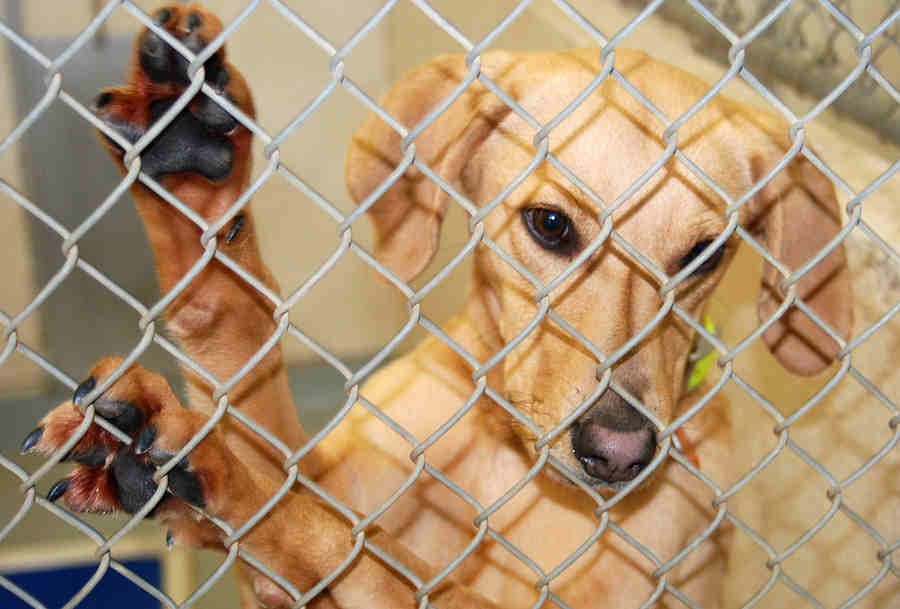
This post may contain affiliate links. We are compensated for referring customers to our affiliate partners.
There is nothing more rewarding than rescuing a dog. Not only do you get a wonderful new family member, but you also are saving a life. Unfortunately, many rescue dogs have suffered abuse or neglect and the transition to their new life will be difficult for both of you. This can be especially true when it comes to feeding time. Often times their heartbreaking pasts cause them to have post traumatic stress which can lead to a variety of behaviors during feeding time. So it is important to understand what kind of issues you may face with your new rescue at feeding time and how to handle those problems.
Talk To The Shelter
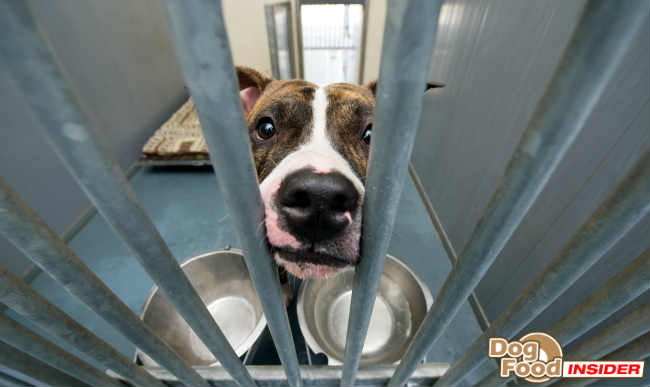
Before adopting your rescue, make sure you talk to the shelter to understand their past history. Ask what kind of behaviors they’ve noticed during feeding time at the shelter, so you can be fully prepared when you get home. The worst thing that could happen is you adopt a dog whose behaviors are too difficult to handle and you have to return them to the shelter. Once you’ve talked to the shelter, you can prepare a strategy for overcoming any issue. The following are the most common feeding problems with rescue dogs and some tips on how to deal with them.
Food Aggression
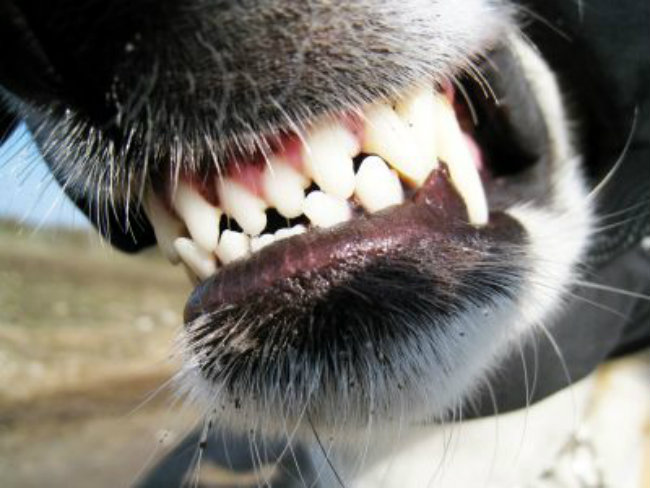
Food aggression is when a dog will violently guard their food. Dogs will growl, show their teeth, and attack people and other animals while eating. Food aggression is common among dogs who have been neglected, lived on the street, or raised in violent situations like dog fighting. Food aggression is often thought of as an alpha dog behavior, but it usually manifests in dogs that have had food insecurity. Food aggression must be curbed immediately because it puts all the members of the household in jeopardy.
How To Overcome Food Aggression
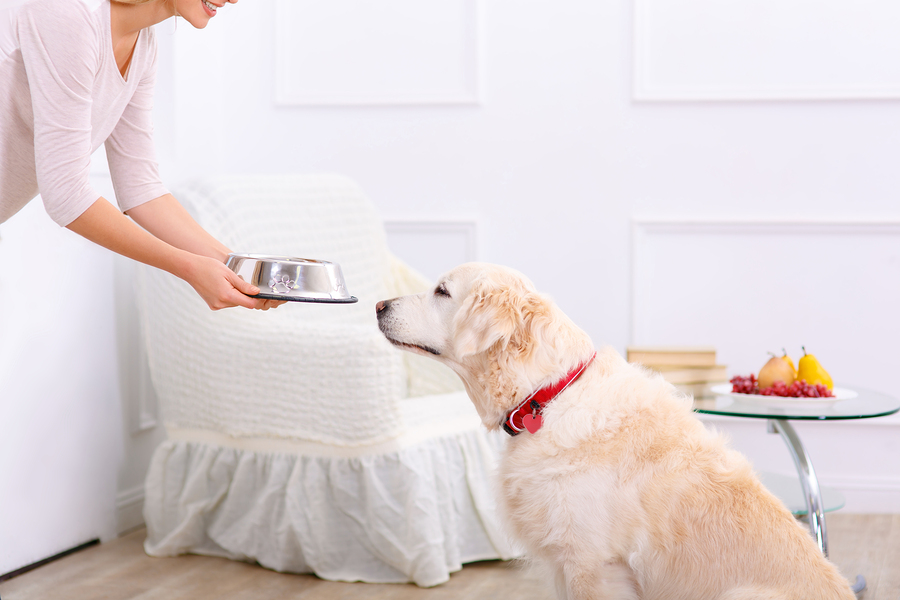
The first thing you need to do is pick a nutritionally dense, healthy dog food. So that your dog is getting enough nutrition that their violent behaviors are not triggered by nutrient deficiency and starvation. Secondly, you need to set up a strict, routine feeding schedule. Make sure your dog always knows when and where their next meal is coming from, as this will reduce their food anxiety. Always feed them after you have eaten, so they know that you are the alpha of the pack. Then when you place the bowl in front of them, do not let them immediately lunge at the food. Instead, make them wait until you say it is okay. If your dog is particularly aggressive, use their leash to restrain them with the food in front of them. Then command them to leave it and to sit. Once your dog has exhibited a calm behavior, then you can let them eat their food.
Another important piece of this training to hand feed them, so they know you are the provider of the food and not the competition. Once you’ve gotten them on the leash routine, you can start interrupting their feeding with a treat. This teaches the dog that no one will steal their food when they look away. While training your dog to stop their food aggression, you want to sequester them from other animals until they have stopped being aggressive. Dealing with food aggression takes a long time and requires a lot of patience. The most important thing is you remain calm during the training so that your dog feels secure.
Malnourishment
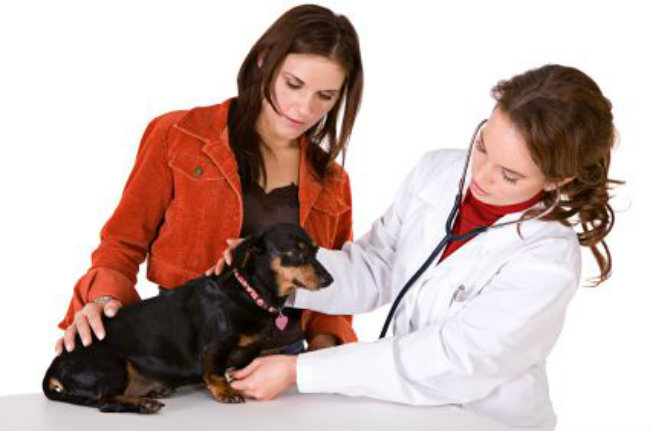
Another very common issue with rescue dogs is malnourishment. Malnourishment is when the dog has eaten so little in their past, it has started to negatively impact their health. Usually rescue organizations will deal with malnourishment issues before putting the dog up for adoption, but there are special cases where you may end up adopting a malnourished dog.
How To Feed A Malnourished Dog
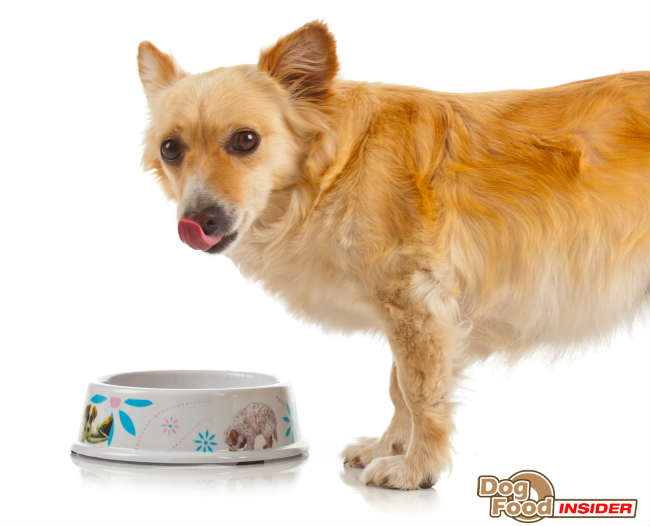
The most important thing you need to do is talk to your veterinarian. They will make sure that your dog’s health is not a product of a serious illness. Then if their poor health is a product of malnourishment and starvation, they will recommend a feeding schedule. Typically you want to start feeding your dog a healthy dog food with limited ingredients or a puppy food. These foods are nutritionally dense, but are easily digestible. You want to make a feeding chart, with a regular schedule to keep your progress on track.
You will begin by feeding your dog small amounts of food several times a day so as not to trigger any other health problems like “refeeding syndrome” which can cause seizures and heart problems. You will slowly introduce your dog to more food and less feeding times. Once on a regular schedule, you will then introduce your dog to a more complete food. You will do this transition slowly and watch for any signs of behavioral or health changes. Feeding a malnourished dog takes a lot of patience and a strict routine, however if you follow these tips and your veterinarian’s advice, your dog will eventually return to a healthy weight and feeding schedule.
Timidity/Anxiety
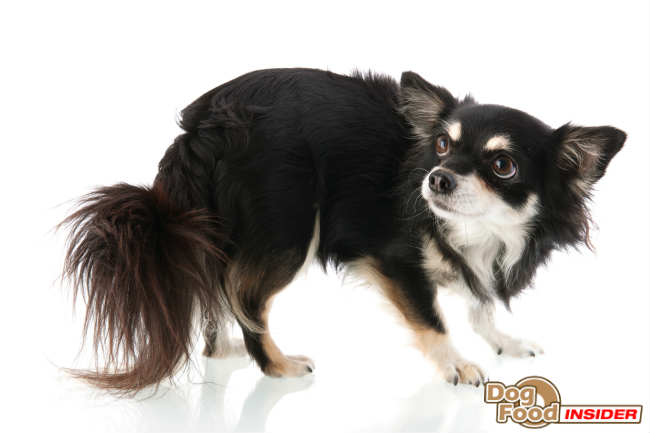
Another problem with rescue dogs is timidity and anxiety. This can make feeding difficult because they may be scared to eat in their new home or around their new family. Timidity and anxiety can manifest in all rescue dogs, but it is especially common in dogs who have been physically abused, dogs who haven’t had proper socialization, and puppy mill dogs. Timidity and anxiety can lead a dog to rejecting their food and that can create some serious health problems. So it is crucial to make sure you get them comfortable with feeding time.
How To Feed A Timid/Anxious Dog
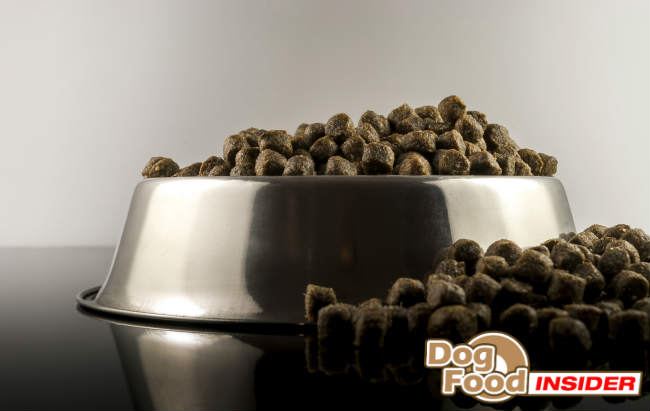
Start by picking a healthy dog food that has high ratings for its flavor and smell. You want to make sure that the food you pick is very appealing. During this time you may consider feeding your dog wet food which is more appealing than kibble. Start by making a safe space for your dog to eat, away from noise, other dogs, and you. Put them on a strict feeding schedule, so they can rely that you will consistently provide them food. You can also try hand feeding your dog or tossing them treats from a distance. Do not be upset if they do not take the food, just give them space and eventually they will take the food. Never try to force them to eat, just encourage them to build their confidence. If these tactics do not work, you need to consult your vet. They will help you figure out some new tactics so your rescue dog does not end up malnourished.
Luckily in most cases, with hard work, time, and patience, you can get your rescue on a happy, healthy feeding schedule. If things get difficult, reach out to the shelter and your veterinarian, they will help support you and give you ideas on how to overcome these issues. Eventually, you and your dog will find a feeding routine that works for both of you.
